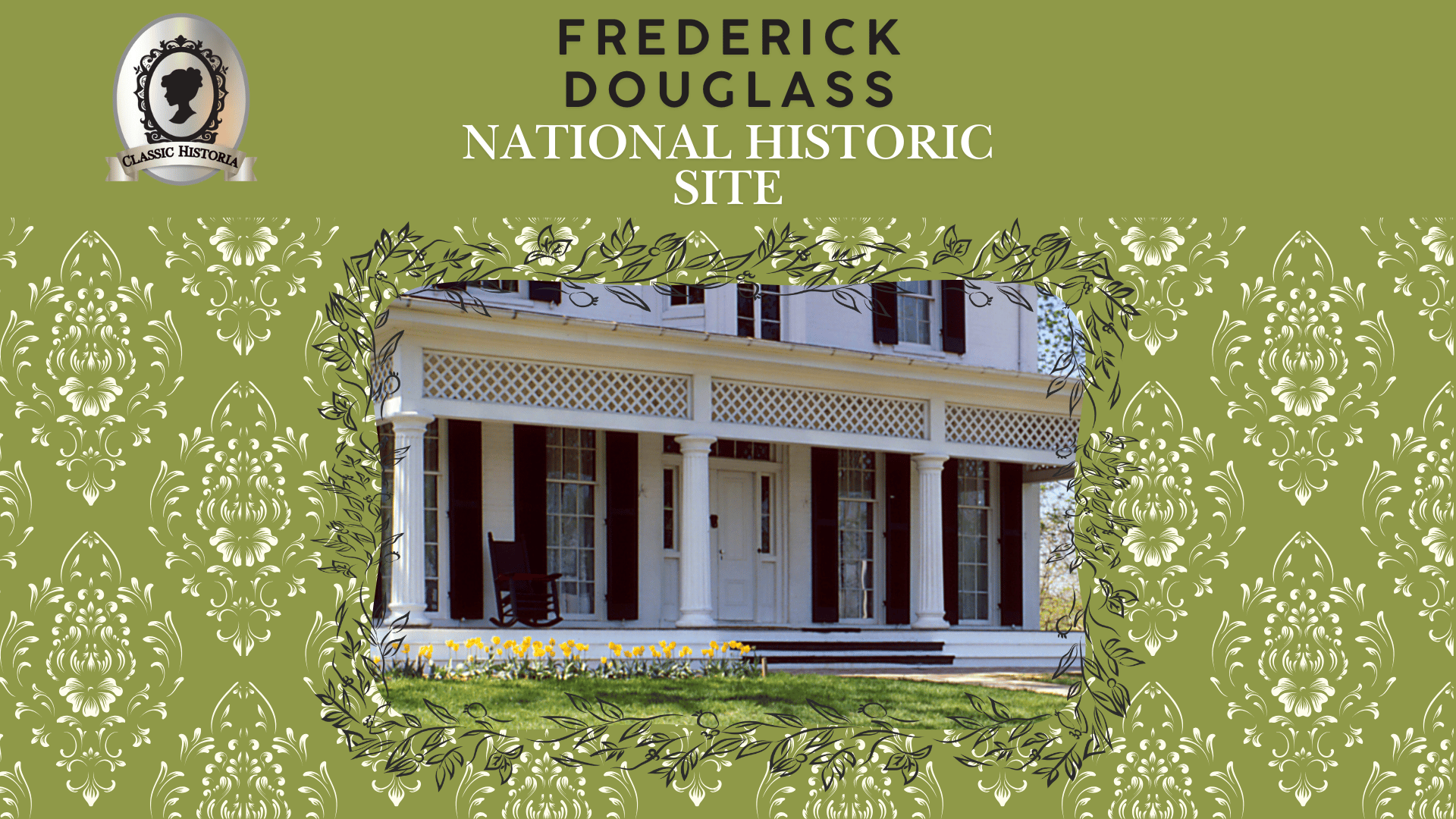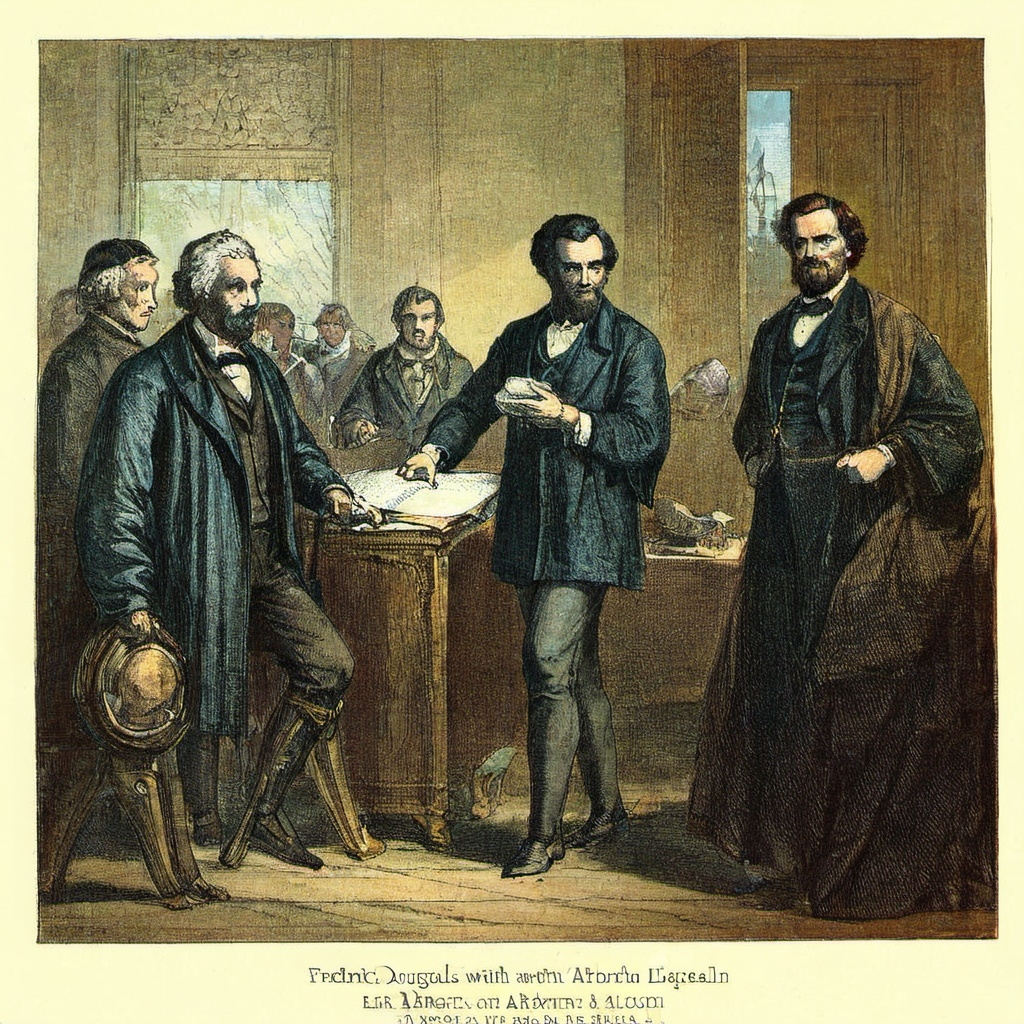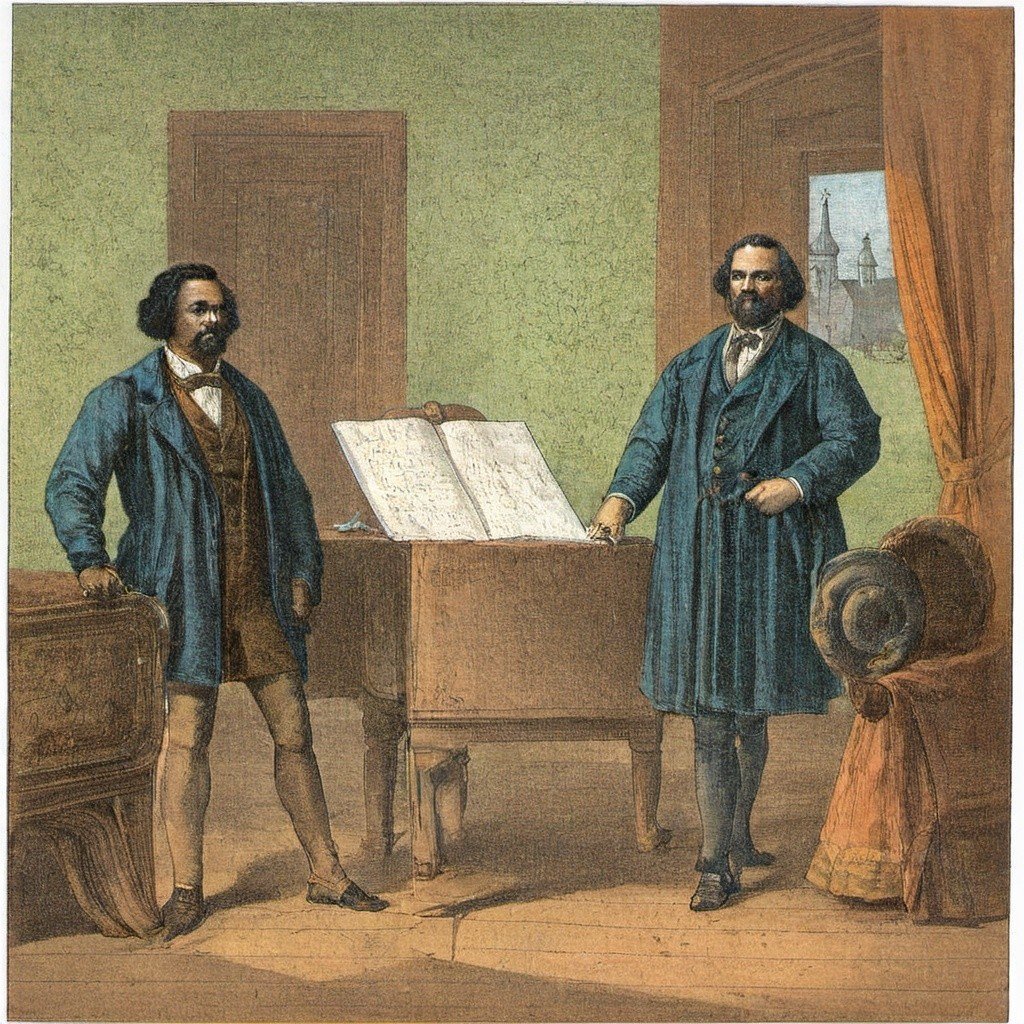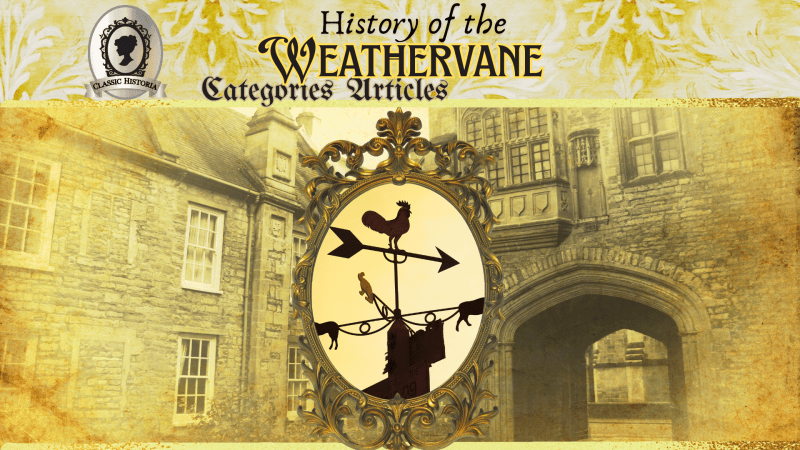 Classic Historia may receive a commission on purchases made through Amazon and eBay affiliate links at no additional cost to you.
Classic Historia may receive a commission on purchases made through Amazon and eBay affiliate links at no additional cost to you.
Browsing History of the Frederick Douglass Museum, located in Washington, D.C., preserves the legacy of one of the United States' most celebrated abolitionists, Frederick Douglass. Known as Cedar Hill, Douglass's home stands as a testament to his enduring fight for justice, equality, and the abolition of slavery. Operated by the National Park Service, this historic site serves as an educational and inspirational landmark for millions who wish to learn more about Douglass's life and contributions.
Frederick Douglass, born into slavery in 1818 in Maryland, escaped his bondage in 1838 by moving to New York City and became an influential leader in the abolitionist movement. Throughout his life, he was a powerful orator, writer, and activist, advocating for the end of slavery and equal rights for all. Douglass’s legacy is multifaceted, extending beyond abolition to include women’s suffrage, education reform, and civic engagement. His life story and achievements represent the resilience, intelligence, and determination of someone who rose from oppression to claim a voice on the global stage.

Cedar Hill, his residence from 1878 to 1895, is a striking example of Victorian architecture. Acquired by Douglass later in his life, the estate spans 15 acres and features stunning views of Washington, D.C. Visitors can tour the meticulously restored house and its 21 rooms, which are filled with original furnishings, portraits, and artifacts that belonged to Douglass and his family. These artifacts provide a window into his personal life, reflecting his intellectual pursuits, family relationships, and vibrant cultural interests.
The house itself is not only a symbol of Douglass’s success but also a reflection of his commitment to education and self-sufficiency. Douglass was a self-taught man who deeply valued education, and his library within Cedar Hill is particularly notable, revealing a collection of over 1,000 books that he studied and cherished. This devotion to learning inspired his lifelong mission to expand educational opportunities for African Americans, whom he believed could achieve equity through knowledge and comprehension.
$20.00
$17.98
4.7 out of 5 starsFrederick Douglass: Signature Gilded Edition
A Stunning Addition to Any Bookshelf That Celebrates the Life and Legacy of an Extraordinary Leader
Product information
Product Review Score
Product links
Visitors to the Frederick Douglass National Historic Site can explore more than just the physical home. The site offers a range of educational resources and programming designed to illuminate Douglass's life and the broader context of slavery, emancipation, and the civil rights movement in America. Ranger-led tours of the home and grounds provide detailed insights into Douglass's daily life, activism, and ideas. Additionally, the visitor center includes exhibits, films, and presentations that bring his story to life, offering a deeper understanding of his enduring impact.

The site underscores not only Frederick Douglass's achievements but also the broader struggles for freedom social justice, and equality in which he played a pivotal role. His writings, speeches, and relentless advocacy paved the way for future generations to continue the fight for civil rights. Douglass's belief in dialogue and understanding as tools for progress resonates deeply today, as these principles remain critical in ongoing conversations about justice and equality.
One particularly profound feature of the site is the Walking Tour of the grounds. Standing at the top of Cedar Hill, visitors are treated to the same view Douglass himself enjoyed—a panoramic vista of the nation’s capital. From this vantage point, it is easy to imagine the contrast of his thoughts, seeing the monuments and symbols of democracy while reflecting on the ongoing struggle for true equality in America.
The Frederick Douglass National Historic Site is more than a museum or preserved home—it is American History. It reminds visitors of the enduring impact of Douglass’s work and the importance of continuing to challenge injustice wherever it exists. By preserving his home and sharing his story, the National Park Service ensures that Frederick Douglass’s voice continues to inspire future generations.
Visit the National Park Service portal for free admission days. For those unable to visit in person, the National Park Service offers virtual tours, list pages, and extensive online resources, including Douglass’s speeches, writings, and biographical information. These materials help bring this influential figure's life and contributions to a wider audience, allowing everyone the opportunity to connect with his story.
$570.06
4.89 out of 5 starsSan Felipe Medium Ship Model - Fully Assembled
A Stunning Display Piece That Captures the Essence of Maritime History for Any Home or Office
Product information
Product Review Score
Product links
In conclusion, the Frederick Douglass National Historic Site stands as a powerful symbol of what one individual can accomplish through resilience, intelligence, and activism. It invites visitors to reflect on Douglass's legacy and challenges them to consider their role in championing equality and human rights. Whether stepping inside Cedar Hill or exploring its surrounding grounds, visitors leave with a newfound appreciation for Frederick Douglass’s remarkable life and his indelible mark on the Civil War Era.
Address Bar Chart
Frederick Douglass National Historic Site
|
Location |
|
|
Hours of Operation |
|
|
Contact Information |
Phone: +1 (771) 208-1499 |
|
Website |
|
|
Tour Availability |
|
|
Accessibility |
Wheelchair accessible; contact for additional accommodations |
Like this article? Discover more at Classic Historia for a deeper exploration into the past that has shaped our world.










